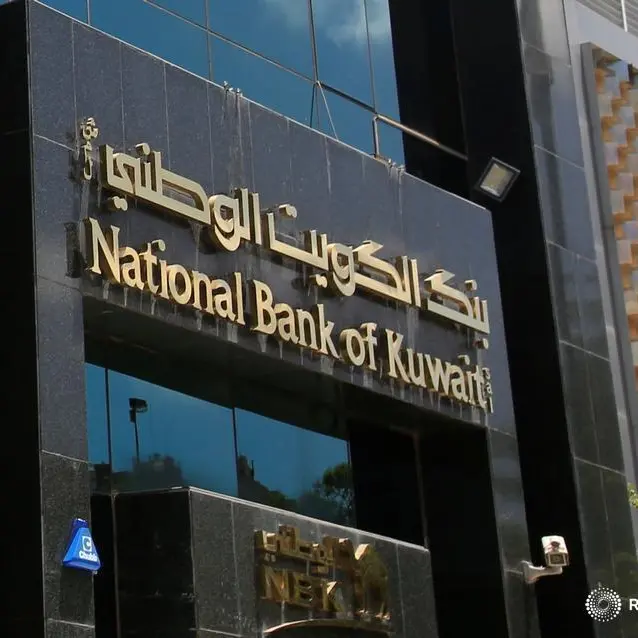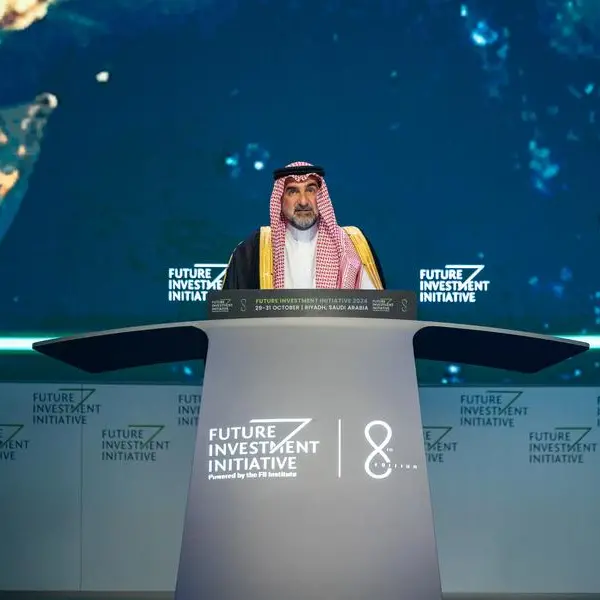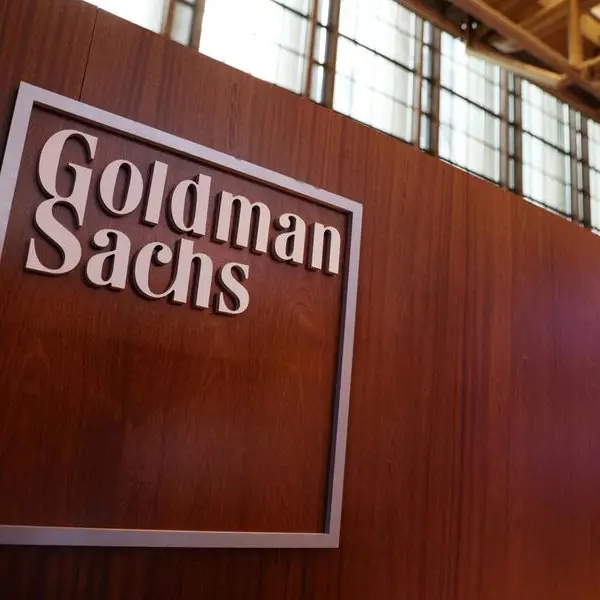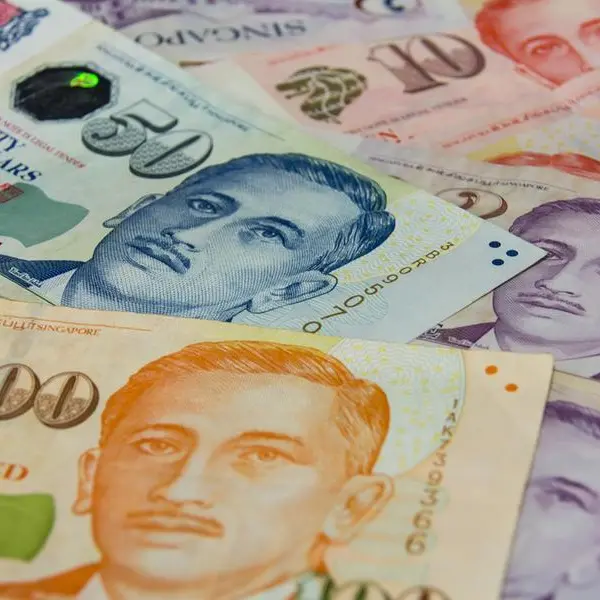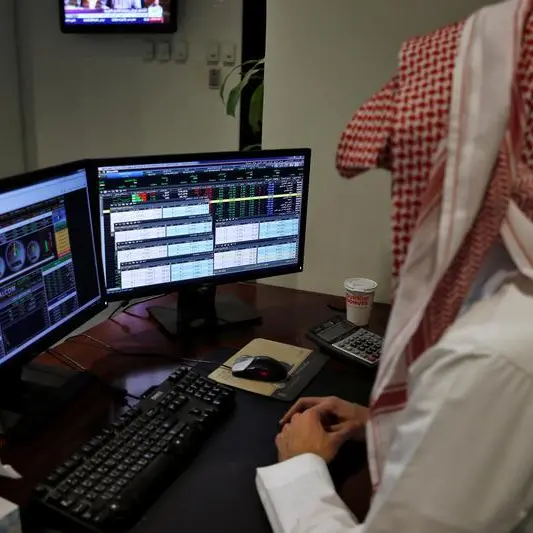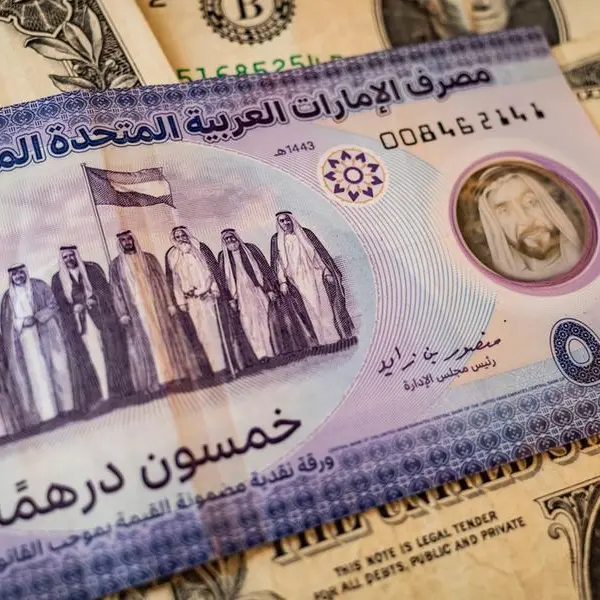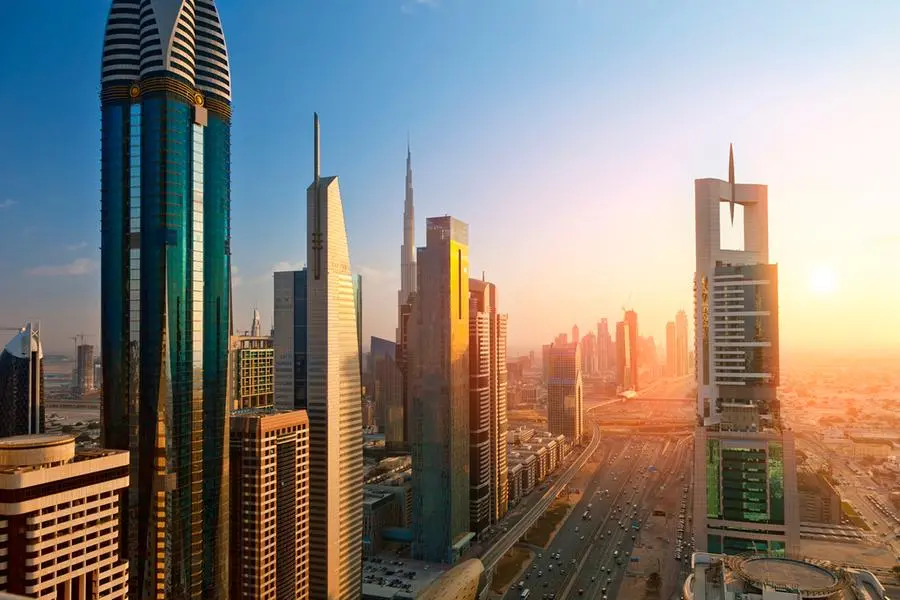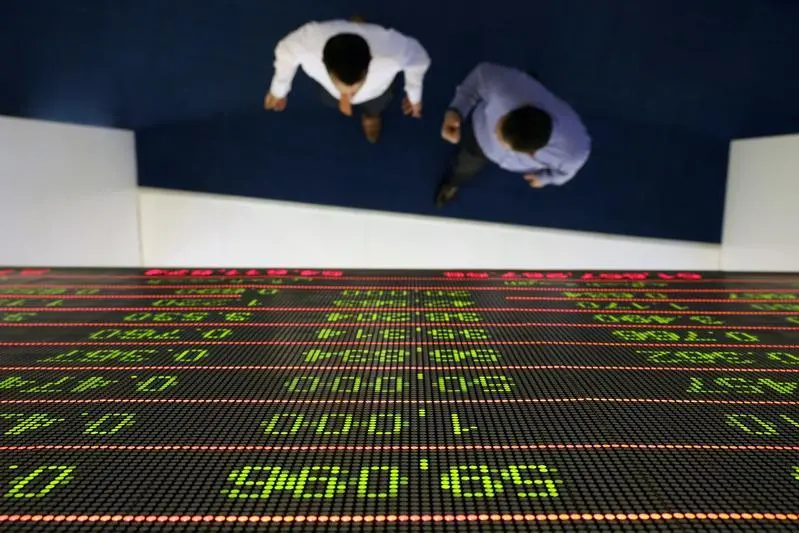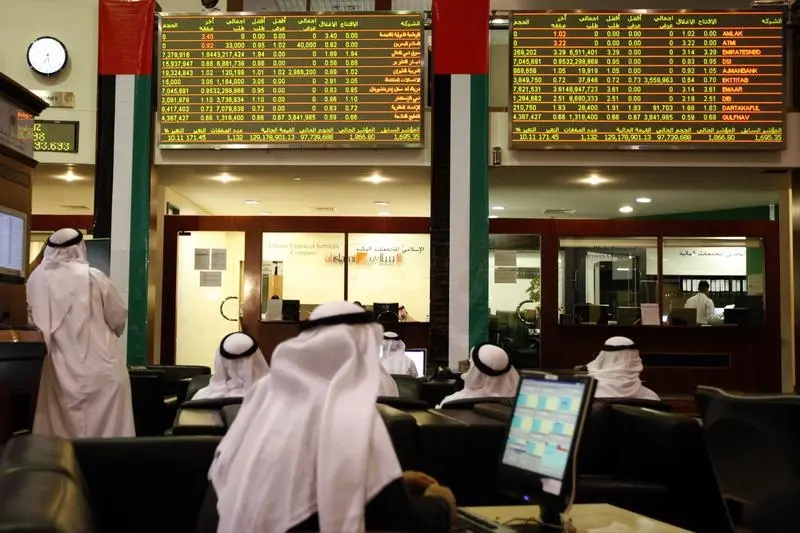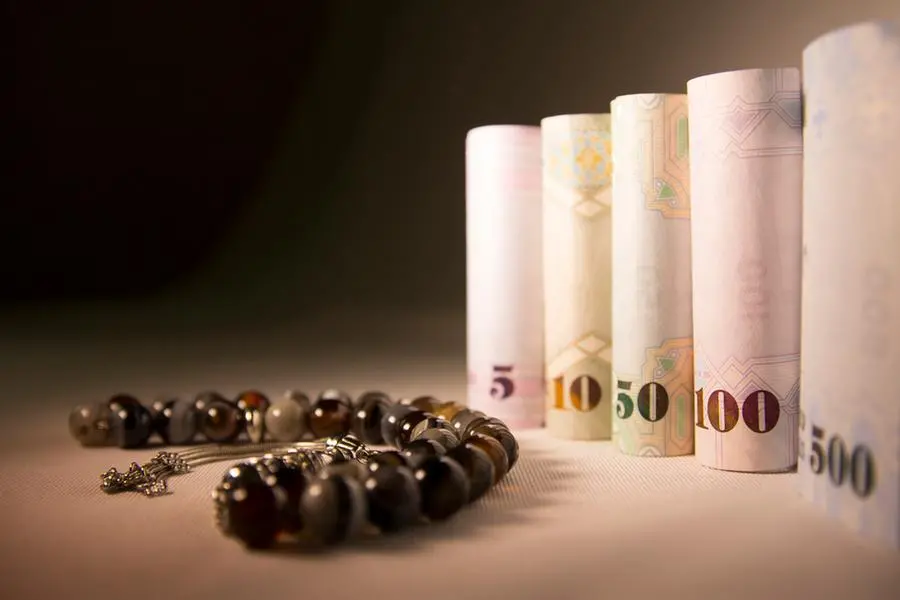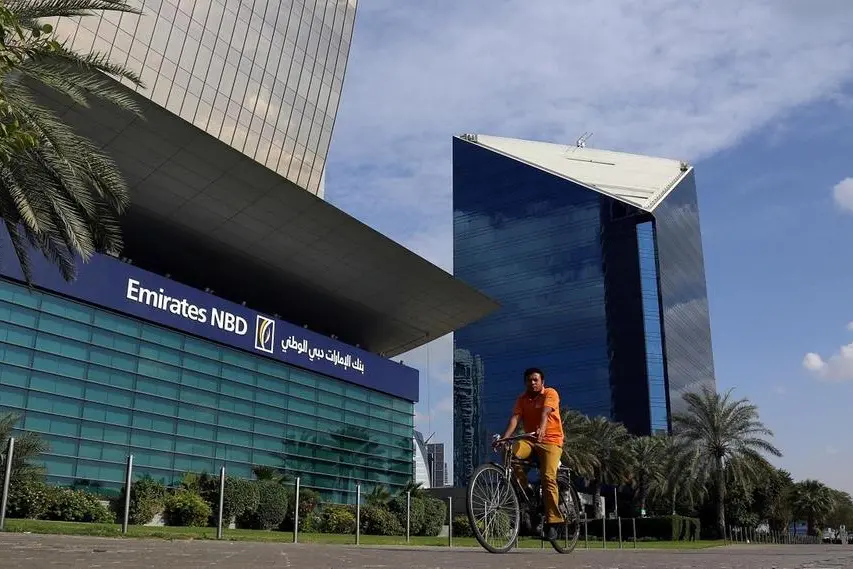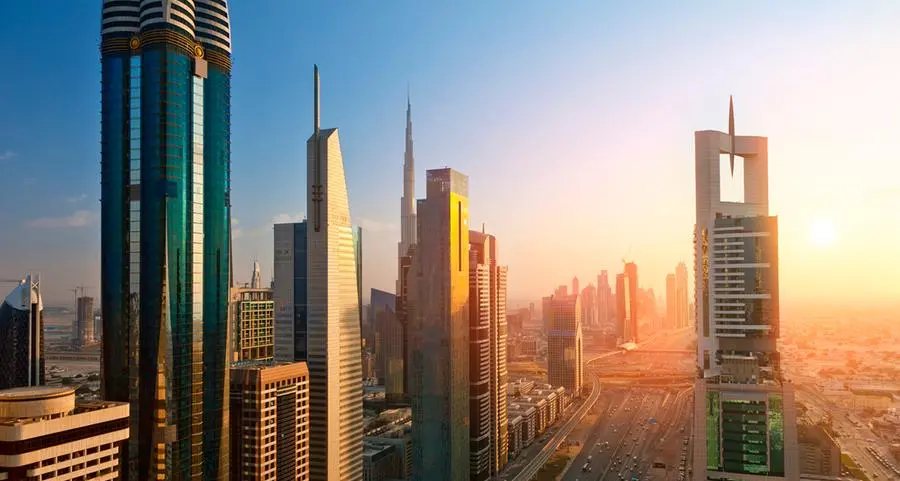PHOTO
Image used for illustrative purpose. In Saudi Arabia, Riyadh. Getty Images
RIYADH — Fitch Ratings has upgraded Saudi Arabia’s Long-Term Foreign-Currency Issuer Default Rating (IDR) to ‘A+’ from ‘A’. The agency attributed the upgrade of the Kingdom’s rating to the strength of fiscal and external balance sheets, including the government debt/GDP ratio and sovereign net foreign assets (SNFA) with a stable outlook.
The global credit rating agency said that foreign reserves excluding gold remained broadly stable in 2022, at $459 billion, as financial account outflows in the form of investments and deposits abroad offset the substantial current account surplus, accounting for 13.6 percent of GDP, valuing $150 billion.
Saudi Arabia has one of the highest reserve coverage ratios among Fitch-rated sovereigns at 18 months of current external payments.
Fitch expects reserves to decline marginally to $445 billion in 2023-2024, as the current account surplus falls close to 7.5 percent of GDP in 2023 and 4 percent in 2024, due to lower oil revenue, but that outward investments by large institutions such as the Public Investment Fund (PIF) and pension funds remain moderate.
The gross government debt/GDP declined to 23.8 percent in 2022, half the ‘A’ median of 51 percent. “Fitch forecasts that government debt/GDP will increase to 24.7 percent in 2023 and rise but remain below 30 percent in 2024-2025. Government deposits at the Saudi Central Bank, comprising the government current account and the fiscal reserve, increased to SR463 billion (11.1 percent of GDP) in 2022. This put net government debt at just 12.7 percent of GDP.
Fitch expects the budget surplus to reduce to balance in 2023, from 2.5 percent of GDP in 2022, as lower oil prices (Brent crude at $85/barrel from $99/barrel in 2022) and lower production (10.14m b/d) offset higher non-oil revenue. The agency assumed that after a sharp increase in 2022, total spending will decline by 1.9 percent year-on-year. This implies spending will be 2.5 percent above budget, while it also expects non-oil tax revenue to be higher than budgeted.
Fitch forecasts a budget deficit of 1.2 percent of GDP in 2024, assuming average oil prices fall to $75/a barrel, partially offset by higher production. Non-oil revenue will increase, but not sufficiently to outweigh lower oil revenue, while total spending will be contained, up by around 1 percent overall, helped by lower capex. It assumes the value added tax (VAT) rate remains at 15 percent.
Fitch also projected real growth of 5 percent in the non-oil private sector in 2023 (5.4 percent in 2022), supported by higher government capex, investments by the PIF including giga projects, robust credit growth, ongoing development of retail and entertainment sectors and employment gains among Saudis and expatriates. In 2024-2025, non-oil private sector growth to slow closer to 4 percent, with the dampening impact of lower forecast oil prices set against ongoing economic reforms and high public sector investment spending.
The agency noted that oil dependence remains a rating weakness. Oil revenue will account for around 60 percent of total budget revenue in 2023-2024 (albeit down from 90 percent 10 years ago) and oil GDP 30 percent of total nominal GDP. The agency estimates that a $10/bbl movement in oil prices would change our budget forecast by just over 2 percent of GDP.
Referring to the gradual improvement in the fiscal structure, Fitch said: We expect gradual improvements in fiscal structure, despite deterioration in 2022 and a higher spending profile for 2023-2025. In 2022, the fiscal break-even oil price increased, to $86/b, and the non-oil primary deficit to non-oil GDP widened. However, in large part, government decision-making appears to have been strategic, reflecting a policy balance between supporting Vision 2030 projects and responding to higher inflation on the one hand and remaining fiscally prudent. For example, the wage bill (44 percent of total spending) increased by just 3.5 percent, minimal growth in real terms.
Meanwhile, Omar Bahliwa, head of the Bureau of Basic Business for Economic Investments, said in an interview with Al-Arabiya.net that there are many factors that contributed to supporting the positive view of global rating institutions towards Saudi Arabia.
He said that these factors include the growth of cash reserves to $459 billion, the increase in non-oil output by 5 percent on an annual basis in 2022, the increase in oil prices and the diversification of income sources. “Although the Fitch report mentioned that there is dependence on oil, it is accompanied by a wide variety of sources of income in the Kingdom, and Saudi banks and the central bank have great financial solvency. Among the reasons supporting the positive outlook towards the Saudi economy, there is a very large purchasing power in the market and that ranks the second largest purchasing power at the level of G2,” he said.
Bahliwa indicated that Saudi Arabia is very attractive to investments at the present time and tourism as well: “When Fitch compared Saudi Arabia to the G20 countries and placed it in third place in the list, it is evident that the Kingdom is a strong economy and many factors that help put the Kingdom’s economy at the forefront of countries in the world. Saudi Arabia is in a new phase of implementing the financial and economic reforms plan, which is part of the its development drive within the framework of Vision 2023,” he said while pointing out that Saudi Arabia has the financial solvency to launch major strategic projects such as NEOM and it has also become a logistical center, attracting foreign investments, as well as promoting religious and international tourism.
It is noteworthy that Moody’s, and Standard & Poor’s, the other two leading global credit rating agencies, have also upgraded the Kingdom’s rating in the recent past. Moody’s had upgraded earlier Saudi Arabia’s rating toA1, with the outlook modified from ‘stable’ to ‘positive’. Last month, the Standard & announced the upgrade of Saudi Arabia’s rating to ‘A/A-1’ with a ‘stable’ outlook.
© Copyright 2022 The Saudi Gazette. All Rights Reserved. Provided by SyndiGate Media Inc. (Syndigate.info).

